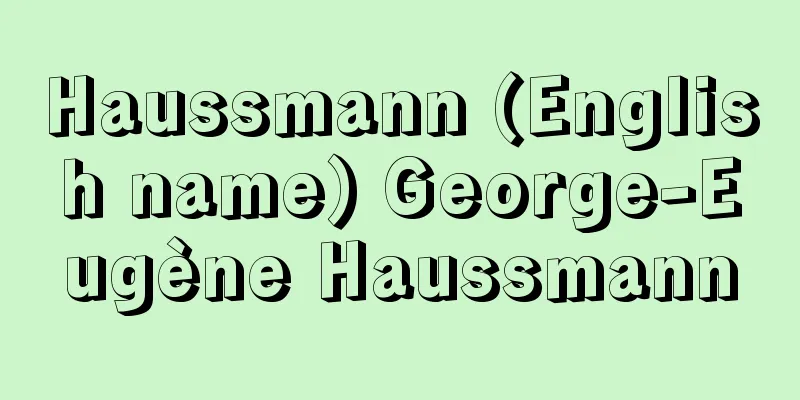Tondo (English spelling)

|
Italian for "round." A circular painting or circular relief. It is thought to have developed from ancient medals, and was created in Italy during the Renaissance, especially in Florence in the 15th and 16th centuries. Many of them feature the Virgin Mary and Child, and there are famous examples by Michelangelo and Raphael. Source: Encyclopaedia Britannica Concise Encyclopedia About Encyclopaedia Britannica Concise Encyclopedia Information |
|
イタリア語の「丸い」の意味。円形画または円形の浮彫。古代のメダルから発展したと考えられ,特に 15~16世紀のフィレンツェを中心にルネサンス時代のイタリアで行われた。主題的には聖母子を扱ったものが多く,ミケランジェロ,ラファエロなど有名な例がある。
出典 ブリタニカ国際大百科事典 小項目事典ブリタニカ国際大百科事典 小項目事典について 情報 |
<<: Ton Duc Thang (English spelling)
Recommend
"Uwanari Nue Yorimasa"
...A style of Kabuki and Ningyo-Joruri. Uwanari m...
retrogressive succession
…This difference is one of the reasons why both t...
Agrahayani - Agrahayani
…This season also sees the appointment and consec...
Canareggio - Canareggio
…Since the 12th century, Venice has been divided ...
Telephone exchange - Denwakōkan
The act of connecting the telephone line of a pers...
Uchiumi [town] - Uchinomi
This is an old town in Shozu District, occupying t...
Spartacus
[raw]? [Died] 71 BC. Leader of the slave revolt in...
Uchida-Kraepelin Mental Performance Test
...German psychiatrist Kraepelin recognized that ...
Diamond-back moth
...Distributed almost worldwide, its larvae are w...
Wheel stone - Kurumaishi
Nemuro City, Hokkaido Hanasaki Hanasaki This is a ...
Ward, J.
…These Italian madrigals were introduced to Engla...
Public Advertiser
…the first of many anonymous letters published in...
Opisthodomos (English spelling)
Architectural term. Aureole. A room at the rear of...
Pit dwelling - tateanajuukyou
It is a semi-underground dwelling made by digging...
Haguro dragonfly (Haguro dragonfly) - Calopteryx atrata
An insect of the order Odonata, family Calopterygi...









